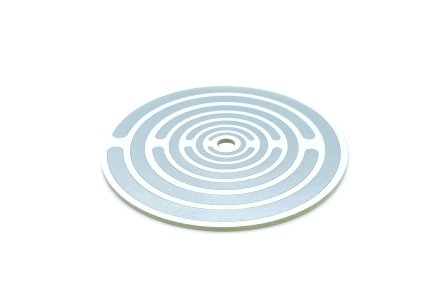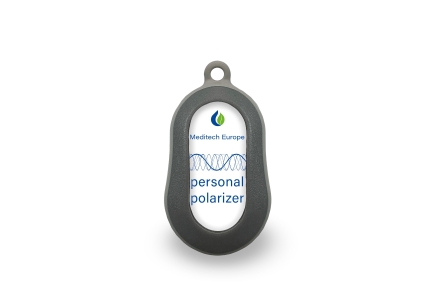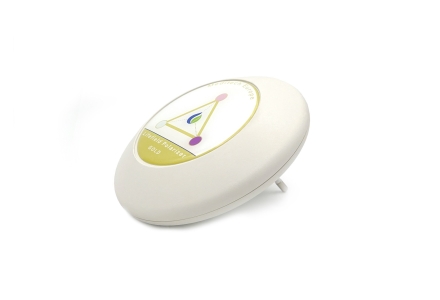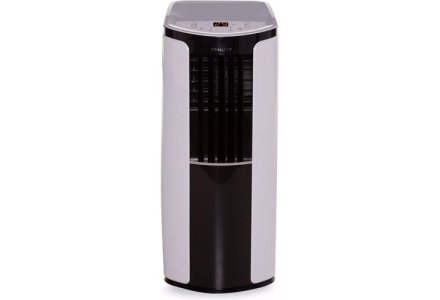
Breathing, it seems so obvious and we all do it, yet there is a thing or two to learn about it. It is not for nothing that many relaxation exercises and meditation techniques often begin by focusing on breathing. Why this is so and why proper breathing is important for body and mind in every moment, you will read in this blog.
What happens in your Body during Respiration
Respiration is an essential physiological process that provides the exchange of oxygen and carbon dioxide between the body and the environment. This process is crucial for maintaining homeostasis and supporting all body functions. The breathing process consists of inhalation and exhalation:
Inhalation (inspiration): Air enters through the nose or mouth, passes through the airways and reaches the lungs. The chest expands by contracting the diaphragmatic and intercostal muscles, causing the lungs to fill with air.
Exhalation (expiration): Air leaves the lungs and is exhaled through the airways to the outside. This process is usually passive, with the muscles relaxing and the chest contracting again.
Proper breathing ensures oxygenation, after all, every cell in the body needs oxygen to produce energy through the process of cellular respiration. And insufficient oxygen can lead to fatigue, impaired cognitive function and other health problems.
In addition, carbon dioxide, which is a waste product of cellular respiration is removed from the body. Therefore, effective breathing ensures a proper balance of oxygen and carbon dioxide in the blood.
Also, proper breathing helps maintain a stable heart rate and blood pressure, and it also promotes efficient blood circulation, effectively transporting oxygen and nutrients to the tissues.
Relationship Breathing and Stress
Stress is a natural response of the body to an external stimulus perceived as threatening. Whether positive, such as excitement for a challenge, or negative, such as the pressure of deadlines, stress activates a complex system of physiological and psychological responses.
The autonomic nervous system regulates automatic processes in the body, such as heart rate, breathing, digestion and other internal functions. This system consists of two main parts: the sympathetic nervous system and the parasympathetic nervous system.
When the sympathetic nervous system is activated, the body prepares for action by increasing the heart rate, speeding up breathing, increasing blood flow to muscles and raising blood sugar levels.
If the parasympathetic nervous system is activated then the heart rate is lowered and breathing slows down and again digestion is promoted which stimulates the absorption of nutrients.
In summary, we can say the following:
Sympathetic nervous system: Prepares the body for action and is a response to stressful situations.
Parasympathetic nervous system: Promotes relaxation, recovery and digestion after stress.
You can think of the sympathetic nervous system as the gas pedal and the parasympathetic nervous system as the brake. The balance between these two systems is essential for healthy regulation of bodily functions and an individual's well-being.
How fast are you actually breathing?
Breathing rate is measured by the number of breaths per minute. It starts at the moment you inhale and stops when you want to inhale again. When relaxed (for example, sitting on a couch), a breathing frequency between 6 and 10 times per minute should be enough. However, many people breathe too quickly and too shallowly, increasing the tension in the body, which in the long run can lead to all kinds of stress-related complaints.
It is helpful to know what your own breathing frequency is. You can have someone else count it for you or there are apps on your phone that can help you do this.
During acute stress, your breathing frequency often goes up and your sympathetic nervous system is activated. By then becoming aware of your breathing and breathing more slowly, you can bring your breathing frequency back down, thus activating your parasympathetic nervous system.
What also occurs with stress or fright is that you "forget" to breathe (you hold your breath). Again, becoming aware of your own breathing can help you to then start breathing deeply and calmly again.
Types of Breathing
Chest Breathing: When breathing, the chest moves up and down. Chest breathing primarily involves filling the upper part of the lungs with air, which can result in less efficient breathing. Chest breathing is often shallow and rapid, which can lead to an increased respiratory rate. This breathing style can activate the sympathetic nervous system, which can contribute to increased stress levels. Excessive chest breathing can also lead to tension and fatigue in the neck and shoulder muscles.
Abdominal Breathing: When breathing, the abdomen expands on inhalation and contracts on exhalation. You can feel this by putting your hand on your abdomen while breathing. Abdominal breathing causes the lungs to fill completely, including the lower parts, leading to more efficient breathing. This type of breathing tends to be deeper and slower, which can contribute to a lower respiratory rate. In addition, abdominal breathing activates the parasympathetic nervous system, which helps promote relaxation, digestion and recovery. Using the diaphragm and abdominal muscles also reduces tension in the neck and shoulders.
Techniques for Good Breathing
There are different techniques and exercises, some of which you can combine, to get good breathing. There are also several apps for the phone that can help you do these exercises. We give 2 examples here, but there are many more:
Breathing Zone (Guided breathing for mindfulness).
The first app has a little less settings which makes it quick to use. The second app has more options, but therefore a steeper learning curve.
Which techniques and exercises suit you is often a matter of trial and error. Every person is unique and therefore has their own preferences. We will discuss some exercises below but there are of course many more than we can discuss in this blog:
Conscious Breathing:
A simple exercise to start with is to become aware of breathing for a few moments each day. To do this, bring your attention to your breathing throughout the day to ensure calm and even breathing, even in stressful situations.
Deep Belly Breathing:
An exercise for relaxation that is also often used at the beginning of meditation and relaxation exercises is deep abdominal breathing:
Inhale deeply through the nose, allow the abdomen to expand and exhale slowly through the mouth.
This technique promotes full lung capacity and relaxation.
Breathing exercises in which the length of Inhalation or Exhalation is adjusted:
Exercises where you make sure you exhale longer than you inhale can help reduce stress and promote relaxation. Lengthening the exhalation activates the parasympathetic nervous system. This is further enhanced when you combine this technique with deep abdominal breathing.
In some cases, for more energy, it may be helpful to use a breathing technique where you inhale deeply and exhale briefly (Wim Hof method). This exercise is not for beginners and is best learned under expert guidance.
There are many apps for breathing exercises that can give you guided breathing so you know how long to breathe in or out for optimal results. What is the ideal (slow) breathing frequency for you is a matter of trial and error in the beginning. When in doubt or with severe stress symptoms, however, it is recommended that you seek the help of a health professional who can review with you which breathing technique(s) is best for you.
What products can support good breathing
At Meditech Europe we strive for harmony and balance we want a pleasant living environment, therefore we offer many products that can support this. Especially if you work on a good breathing technique or if you do daily breathing exercises because of developing mindfulness you can benefit from this. For example:
Conclusion
Breathing plays a crucial role in our well-being and can contribute significantly to both physical and mental health. Proper breathing optimizes oxygenation, supports bodily functions and helps maintain balance between the sympathetic and parasympathetic nervous systems, reducing stress and promoting relaxation.
The conscious use of breathing techniques can be a simple yet powerful tool to improve your daily life, whether you seek relaxation, engage in meditation or mindfulness, want to improve physical performance, or promote your overall health.
At Meditech Europe, we strive for harmony and balance, and we offer many products on our website to do just that. If you have any questions about this or would like to learn more about proper breathing, please feel free to contact us.








